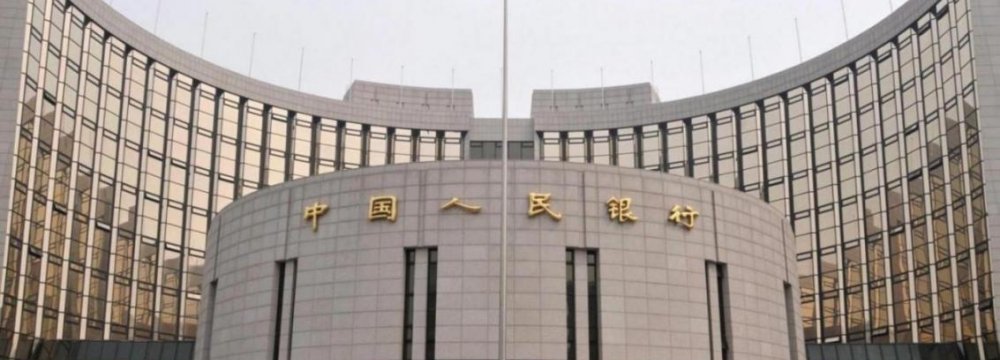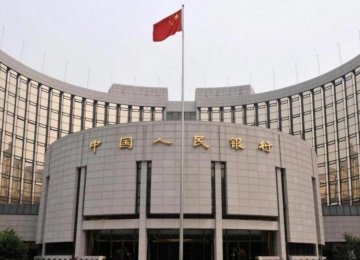China’s push for the adoption of a super-sovereign reserve currency points to a possible larger role for IMF’s Special Drawing Rights.
The current international monetary system is a historical exception. It has no anchor, such as the silver standard, the gold standard, or the Bretton Woods agreement.
Instead, a floating currency–the US dollar–accounts for the greatest share of foreign exchange reserves, amounting to more than $3.8 trillion, or 64% of allocated reserves. Significant currency debasement by the Fed and increasing prominence of other large economies, such as China, had raised questions in recent years about the justification of King Dollar’s rule, Business Insider reported.
Being the supplier of the global reserve currency is not necessarily an enviable position. There is a fundamental tension between short-term national and long-term global monetary policy, known as the Triffin Dilemma. This paradox arises when the United States runs a trade deficit in order to provide the extra dollar-denominated liquidity demanded by foreign states and entities, which in turn results in higher consumption for American consumers.
In the long term, however, persistent trade deficits result in declining value and credibility of the reserve currency, making it less attractive as a store of value.
At a time when multilateral currency debasement is turning into futile beggar-thy-neighbor strategies, a reserve currency issued by an international body could offer the potential of eliminating the inherent risks of credit-based sovereign currency and managing global liquidity.
The SDR is not a currency, per se. Instead, SDR constitutes potential claims on freely usable currencies of IMF member states, and serve as a unit of account in the IMF.
A holder of SDR can obtain currency in one of two ways; either by selling the SDR in a voluntary exchange with another member, and receiving currency in proportion to the value of the sold SDR, or by the IMF designating members with strong external positions to purchase SDR from members with weak external positions.
Yuan in SDR
Chinese intentions have become even more outspoken recently, as the People’s Bank of China is engaged in talks with the IMF around including the yuan in the SDR.
At present, the value of SDR is a basket of US dollars (41.9%), euros (37.4%), pound sterling (11.3%) and Japanese yen (9.4%). The weights assigned to each currency in the SDR are adjusted to take into account their prominence in terms of international trade and national foreign exchange reserves.
The push from PBOC coincides with the IMF’s twice-a-decade review of the basket of currencies that constitute the SDR, which is to be undertaken in late 2015. If Chinese wishes are heeded, the yuan might feature in the new valuation of the SDR.
Bolstering the yuan’s standing as a reserve currency is part of a broader capital market reform in China, which involves further easing controls over deposit rates, reform of the initial public offering system, and development of a multi-layer capital market.





